[Qianjie Coffee looking for beans] Solar Micro-batch feature report on Andabeth Manor in Kenya
Professional coffee knowledge exchange more coffee bean information please follow the coffee workshop (Wechat official account cafe_style)
[Qianjie Coffee looking for beans] Special report on Solar Micro-batch Andabeth Manor in Kenya
Original: Qianjie coffee Qianjie coffee yesterday
▲
Click follow | focus on the 6th anniversary of coffee roasting
More boutique coffee beans, please.
Private Wechat Qianjie, WeChat:
(long press copy)
Qiannjie
Washed Kenyan coffee has bright and lively acidity, refreshing taste, sun-treated Kenyan coffee fruit with obvious notes, high sweetness and thick taste. Today, the editor will introduce to you the micro-batch of beans produced in the eastern rift valley [Andabes Manor in Kenya].
Kenyan Endebess Estate
Andabeth Manor, Kenya
Production area: Northem Ritt Valley
Altitude: 1750-1950m
Treatment method: insolation
Grade: AA
Variety: SL28,SL34
| | production area profile |
The East African Rift Valley (Great Rift Valley), located in eastern Africa, is a geographical spectacle formed by the crustal movement of the African plate 35 million years ago. The Great Rift Valley, which runs through East Africa, is the largest fault zone in the world and belongs to the growth boundary.
The eastern part of the Rift Valley in Kenya is the deeper part of the entire East African Rift Valley, the deepest of which is north of Nairobi, Kenya, where the rift valley does not go to sea, so the resulting lakes are shallow and contain more minerals and salts. Lake Magadi, for example, is almost entirely composed of sodium carbonate. Lake Elmenteta (Lake Elmenteita), Lake Balingo, Lake Bergolia and Lake Nakuru (Lake Nakuru) are quite alkaline.
| | Manor introduction |
Andabeth Manor
Endebess Estate is located in the northern part of the Rift Valley in eastern Kenya, near the Kitale market town in Trans Nzoiya County. It has a total land area of about 758 acres, of which 248 are coffee. The Natural provided is fully washed with fresh river water from the Koitobos River and then dried on an elevated bed. Depending on the weather, it usually takes 21 to 28 days to dry. Beans are rotated at least four times a day.
The rift contains Mount Cherang'any and a series of volcanoes, some of which are still active. Cherang'any Hills is one of Kenya's five largest forests and catchment areas, spanning three counties, namely Trans Nzoia,Elgeyo Marakwet and West Pokot. Endebess Estate Farm is located at the foot of Mount Elgon Mountain, an extinct volcano on the border between Uganda and Kenya.
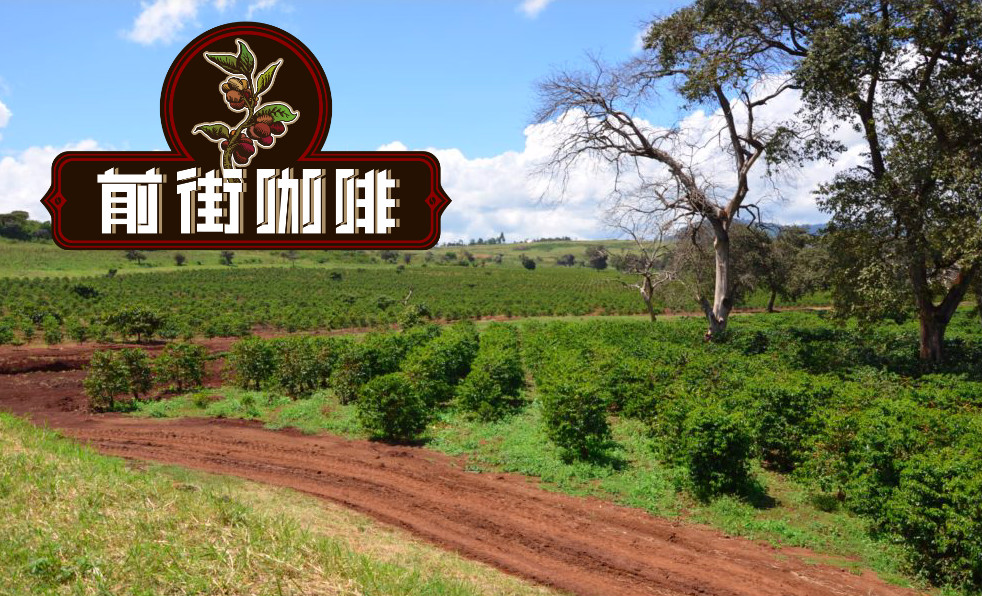
As early as the 1940s, Endebess Estate developed and processed its own coffee and nearby small producers. It was once owned and managed by Mr. EW Dempsey 39 Ollier and sold to Gatatha Farmers Co Ltd in 1976 and re-sold to its current owner and manager Kaitet Tea Plantations in 2011.
Kate Plantation focuses on employee welfare and social responsibility. The farm has funded 15 housing renovation projects, sponsored two high school students, and hopes that their social responsibility programs will be expanded once the farm makes more profits. In the short term, Endebess Estate is improving the certification status of its infrastructure.
| | Variety
SL-28 & SL-34
The two varieties were first commissioned by the Kenyan government in the 1930s, and the varieties suitable for the country were selected by Scott Labs. After numbering and screening one by one, SL-28 and SL-34 were finally obtained, both of which originated from bourbon, and SL-34 can grow in areas with lower elevations.
SL28 has a mixed pedigree of French missionaries, mochas and Yemeni iron pickups. The goal of cultivating SL28 was to mass produce coffee beans with high quality and resistance to diseases and insect pests.
Although the yield of SL28 was not as high as expected the copper leaf color and broad bean-shaped beans have great sweetness balance and complex flavor as well as significant citrus and black plum characteristics.
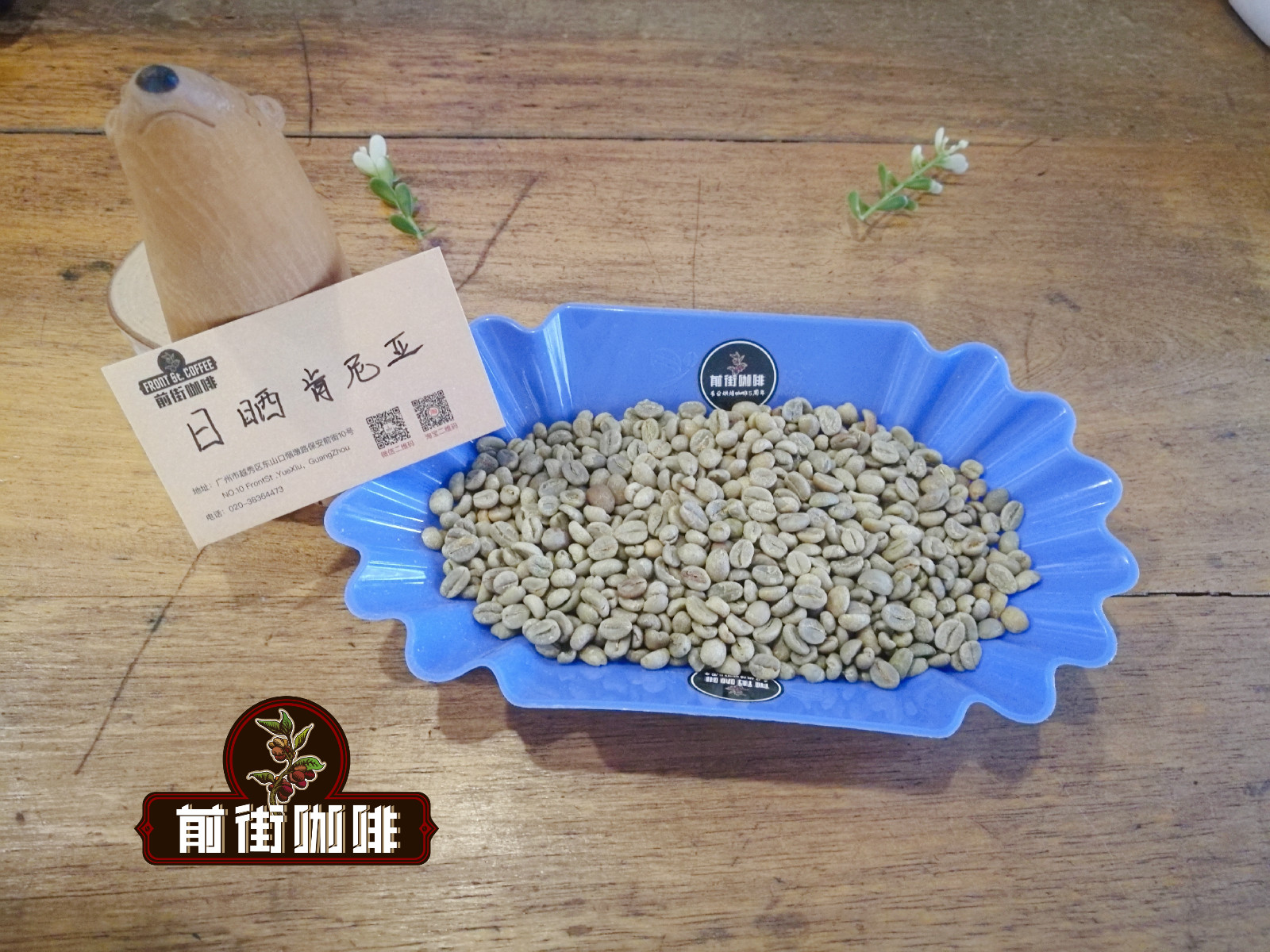
SL34 is similar to SL28 in flavor, with a heavier, fuller and cleaner finish than SL28, except for its complex acidity and great sweetness. SL34 has French missionaries, bourbon, and more Ironka lineage. Dou looks similar to SL28, but is more adaptable to sudden heavy rain.
It turns out that the former is highly rated, usually with blackcurrant-like acidity and complex flavor, while the latter is slightly inferior, but also has an eye-catching fruit flavor. These two varieties, which currently account for 90% of Kenya's production, are generally recognized as representatives of Kenyan coffee.
| | Kenya Coffee rating |
Kenya coffee beans are strictly graded, mainly according to the size, shape and hardness of coffee beans, from high to low divided into AA or AA+, AB, PB, C, E, TT, T, selection can be used as a basis, but also based on the flavor of coffee.
Coffee size classification
AA grade with excellent quality (flavor, taste) in AA Plus (AA+) cup
AA particle size (Screen Size) 17 Murray 18 size
AB particle size (Screen Size) 15 Murray 16 size, accounting for the majority of production
C particle size (Screen Size) is smaller than that of AB.
TT blows lighter beans from AA and AB beans with an airflow filter.
T from C-grade beans, lighter beans blown by an airflow filter.
E Elephant Bean is a large mutant bean, also known as Elephant ear.
UG does not meet the above criteria
PB Peaberry, classified by appearance, independent of flavor weight
| | handling method |
This micro batch of beans is treated by the sun, which is completely dependent on the natural climate to give the beans a thick taste and sweetness.
Sun drying is the oldest and most primitive treatment of coffee beans. compared with the water washing method, this dried coffee is also called "natural coffee" or "sun-dried coffee." the harvested coffee fruits are directly exposed to the sun for about two to four weeks.
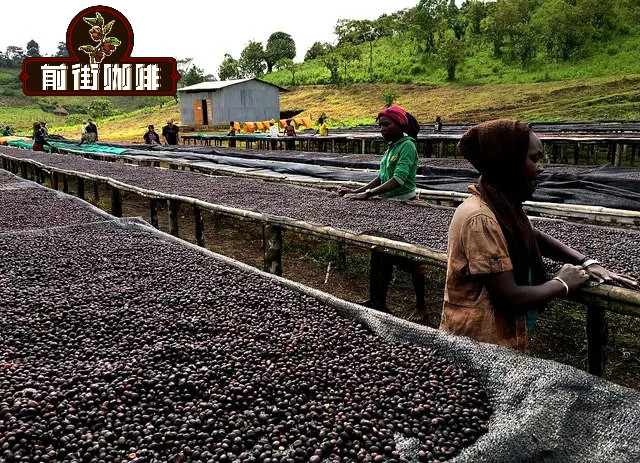
1. Harvest ripe coffee fruit
two。 Preliminary selection of impurities and inferior beans
3. Select floating beans: pour the coffee fruit into the sink, the ripe and full fruit will sink to the bottom of the sink, and the immature or incomplete fruit will surface.
4. Sun drying
Take out the ripe coffee fruit that sank at the bottom of the sink and dry it in the sun, reducing the moisture from 70% to about 10-12%. Turn the fruit several times a day to dry evenly, and cover it at night to avoid moisture.
5. Remove the shell: after about two to four weeks of exposure, the outer layer of the coffee seed has become dry and hard, and then use a sheller to remove the shell.
| | Curve analysis |
Roaster Yangjia 800N (baking capacity 300g)
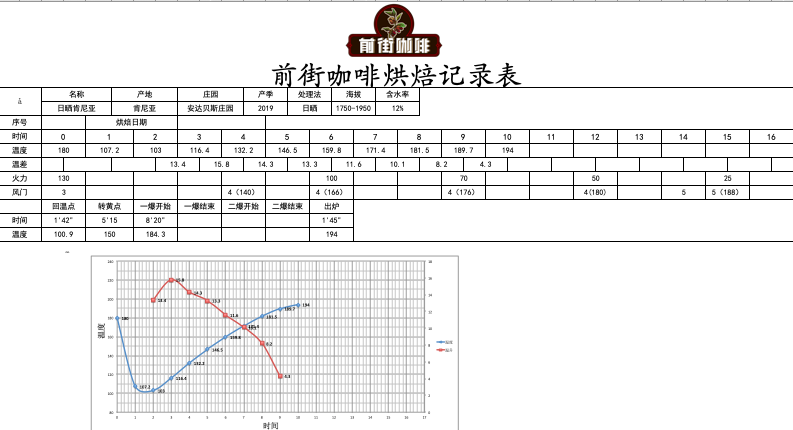
When the furnace temperature reaches 180℃, the firepower is 130C, the throttle opens 3, the temperature return point is 10.042 ", when the furnace temperature is 140℃, the throttle is opened to 4, when the furnace temperature is 146℃, the bean watch turns yellow, and the grass smell disappears completely; when the furnace temperature is 166℃, the firepower is reduced to 100, and the throttle remains unchanged.
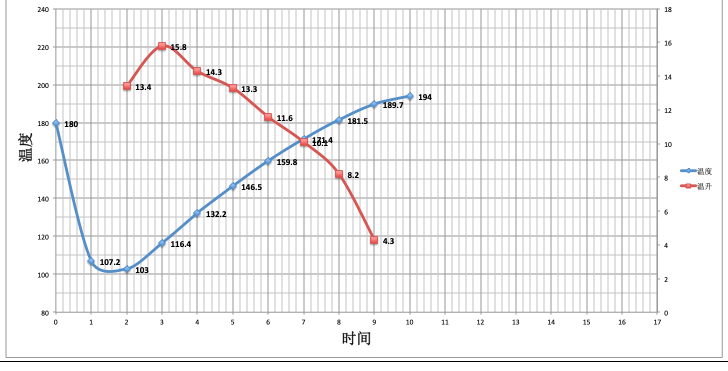
The smell of toast obviously changes to the smell of coffee, which can be defined as a prelude to an explosion. At this time, it is necessary to listen clearly to the sound of an explosion point, start an explosion at 8: 20 ", reduce the firepower to 70, keep the throttle unchanged, develop 1: 45" after an explosion, and put it into the pot at 194 ℃.
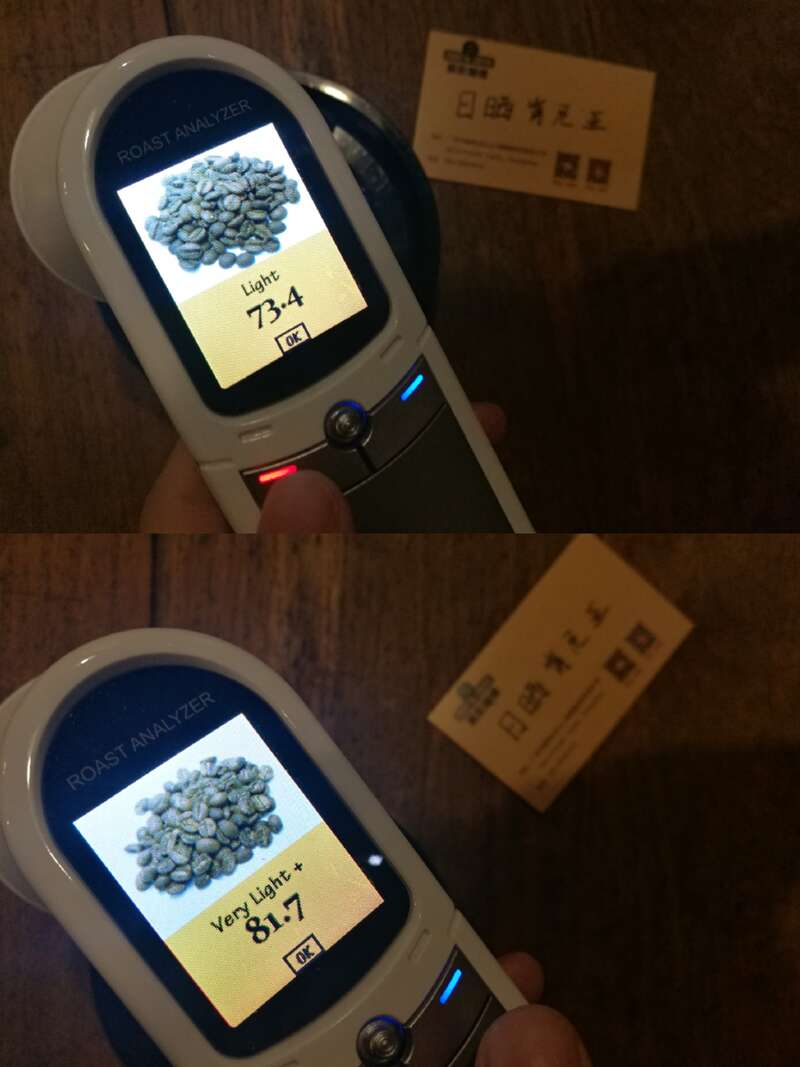
Agtron bean color value is 73.4 (above), Agtron pink value is 81.7 (bottom), Roast Delta value is 8.3.
| | Cup test & flavor |
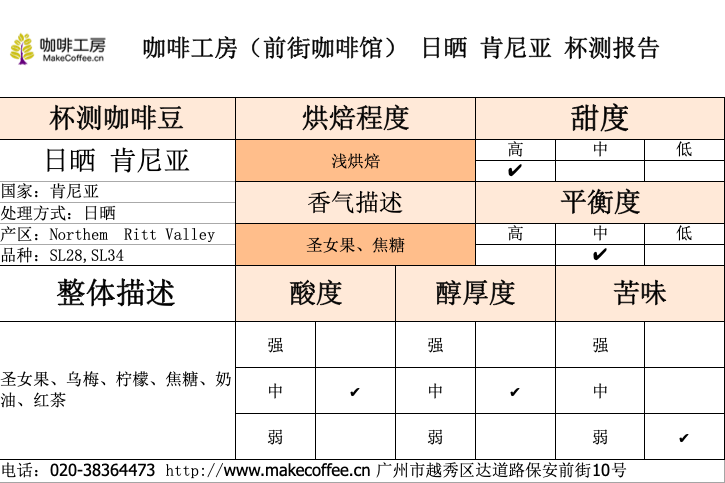
Flavor: Virgin fruit, black plum, lemon, caramel, cream, black tea
| | Cooking parameters |
Recommended cooking method: hand flushing
Filter cup: V60
Water temperature: 90-92 ℃
Powder / water ratio: 1:15
Degree of grinding: medium and fine grinding, that is, the thickness of fine sugar (BG-5R).
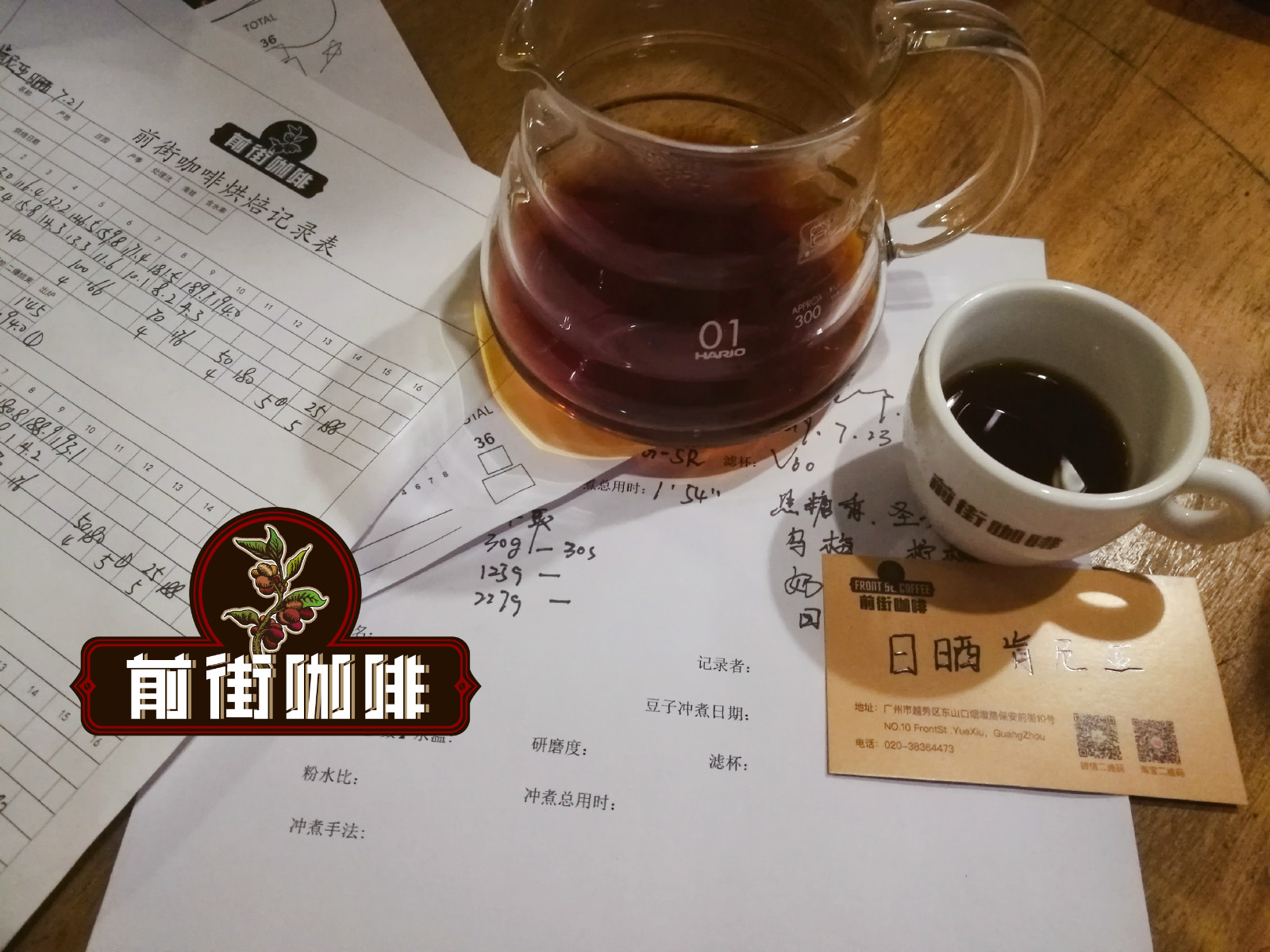
Flushing and cooking technique: segmented extraction. Steam with 30 grams of water for 30 seconds, small flow circle injection to 125 grams, continue to inject water to 227 grams when the water level is about to be exposed to the powder bed, remove the filter cup when the water level is about to be exposed to the powder bed, (the time of steaming starts) the extraction time is 1 percent 39 percent 54.
Flavor: it has the aroma of caramel, the entrance has virgin fruit, black plum, the temperature drops slightly, the acidity of lemon, the smoothness of cream, the aftertaste has a sense of black tea, Huigan is obvious.
End
Important Notice :
前街咖啡 FrontStreet Coffee has moved to new addredd:
FrontStreet Coffee Address: 315,Donghua East Road,GuangZhou
Tel:020 38364473
- Prev
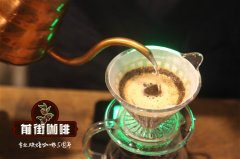
Flavor characteristics of Rosa Coffee Regional characteristics of cultivation what are the producing areas of Rosa Coffee except Panama
Professional coffee knowledge exchange more coffee bean information Please follow the coffee workshop (Wechat official account cafe_style) because transliteration is the same as Japanese geisha, and have the name of geisha coffee, but many baristas do not like this title, they think that this coffee should not be given the impression of a Japanese geisha, so more and more people use the name Rosa
- Next
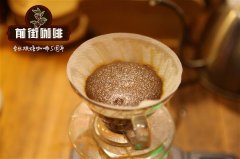
Flavor description and production of Guji Tasha ya purple wind chimes G1 in Ethiopia
Professional coffee knowledge exchange more coffee bean information please follow the coffee workshop (Wechat official account cafe_style) Sobia sun Guji Tasha purple wind chimes G1 Ethiopia Guji Natural Dasaya G1 Ethiopia (Ethiopia) producing area Oromia Region (Guji Zone) Shakisso Wore
Related
- Detailed explanation of Jadeite planting Land in Panamanian Jadeite Manor introduction to the grading system of Jadeite competitive bidding, Red bid, Green bid and Rose Summer
- Story of Coffee planting in Brenka region of Costa Rica Stonehenge Manor anaerobic heavy honey treatment of flavor mouth
- What's on the barrel of Blue Mountain Coffee beans?
- Can American coffee also pull flowers? How to use hot American style to pull out a good-looking pattern?
- Can you make a cold extract with coffee beans? What is the right proportion for cold-extracted coffee formula?
- Indonesian PWN Gold Mandrine Coffee Origin Features Flavor How to Chong? Mandolin coffee is American.
- A brief introduction to the flavor characteristics of Brazilian yellow bourbon coffee beans
- What is the effect of different water quality on the flavor of cold-extracted coffee? What kind of water is best for brewing coffee?
- Why do you think of Rose Summer whenever you mention Panamanian coffee?
- Introduction to the characteristics of authentic blue mountain coffee bean producing areas? What is the CIB Coffee Authority in Jamaica?

